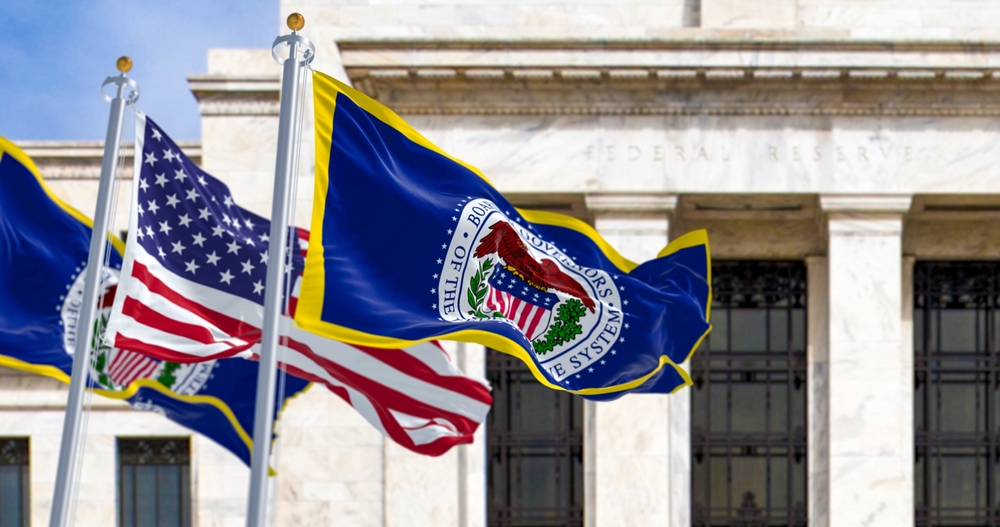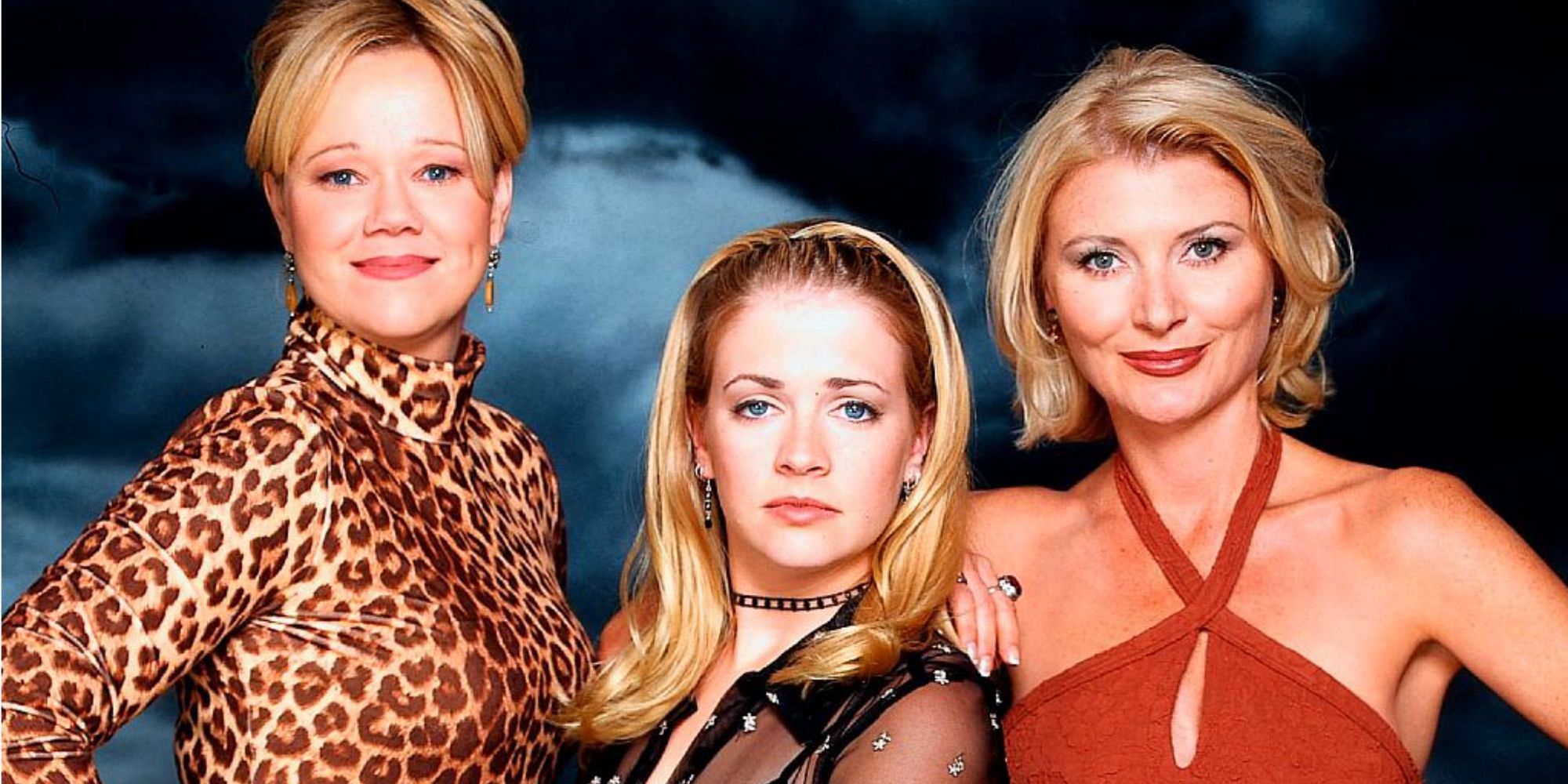
The United States Federal Reserve, the powerful central bank tasked with steering the nation’s economic course, once again finds itself at the center of a fervent debate following its latest policy decision. On Wednesday, July 30, 2025, during a news conference in Washington, Fed Chairman Jerome Powell affirmed the central bank’s choice to maintain borrowing costs at their current levels, extending a period of static rates that commenced in January. This decision was predicated on the assessment of a “solid” labor market, affording central bankers the luxury, as Powell put it, of observing how President Donald Trump’s tariffs might influence prices before contemplating further rate cuts. Such cuts, while potentially boosting employment, carry the inherent risk of reigniting inflationary pressures.
Yet, the clarity of this economic outlook was swiftly clouded. Just two short days after the Fed’s announcement, the very foundations of Powell’s labor market assessment appeared to tremble. On Friday, the Labor Department released its July jobs report, revealing a starkly different picture: employers added merely 73,000 jobs, a figure significantly below the pace required to keep pace with population growth. Concurrently, the unemployment rate nudged upward to 4.2% from 4.1%.
Further compounding the concern, the Labor Department’s report contained unsettling revisions. The job gains initially reported for the prior two months were massively revised downward, painting an even grimmer portrait of recent employment trends. It has now become unequivocally clear that job growth has been anemic, with the average pace of monthly growth from May through July representing the weakest three-month period recorded since 2009, excluding the exceptional circumstances of the pandemic recession in 2020.
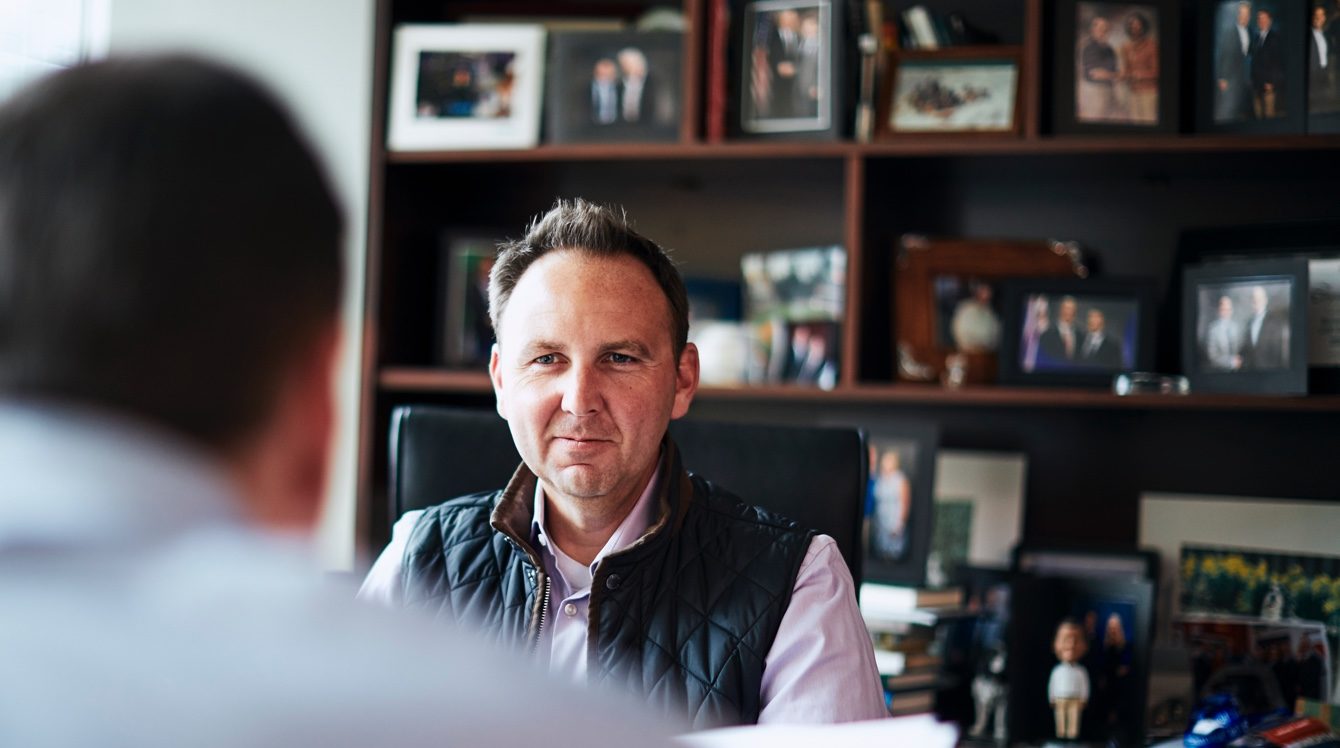
This immediate dissonance between the Fed’s narrative and the incoming data has led many to question the central bank’s judgment. Jamie Cox, managing partner at Harris Financial Group, offered a pointed commentary on Friday, stating, “Powell is going to regret holding rates steady this week.” The sentiment of regret highlights a growing concern that the Fed may indeed “walk away with egg on its face,” a colloquialism for public embarrassment.
Interestingly, the Fed’s latest policy stance did not garner universal consensus from within its own ranks, an internal pushback not seen in decades. Fed Governor Christopher Waller and Fed Vice Chair for Supervision Michelle Bowman cast dissenting votes, marking the first instance since 1993 that more than one Fed governor has chosen to do so. In their separate statements, both officials cited emerging signs of weakness within the labor market as a primary justification for their dissent, while concurrently downplaying the potential impact of Trump’s tariffs on consumer prices.
Bowman articulated her concerns with notable precision, writing that “The labor market has become less dynamic and shows increasing signs of fragility.” She further elaborated that only a limited number of industries have consistently propelled job growth throughout the current year, a pattern that regrettably persisted in the July data. Their collective dissent underscores a significant divergence of opinion within the Federal Reserve on the pressing economic realities facing the nation.

However, it is perhaps still premature to definitively conclude that the Fed has made a “royal screw up.” Cleveland Fed President Beth Hammack offered a more cautious perspective, remarking to Bloomberg on Friday after the July jobs report, “It was a disappointing report to be sure, but when I look at the data, we try not to make too much out of any one individual report.” She maintained a degree of confidence in the recent decision, asserting, “I feel confident with the decision we made earlier this week.”
This cautious approach may be informed by recent historical precedent. Last year, when the unemployment rate saw a rapid ascent over a short duration, similar calls emerged suggesting the central bank had delayed too long in cutting rates. In response, the Fed executed a bold half-point rate cut, aiming to preempt any further weakening of the labor market. As the year drew to a close, it became apparent that the labor market had not, in fact, “fall[en] off a cliff,” with employers adding a substantial 323,000 jobs in December, and the unemployment rate edging down to 4.1% from the previous month.
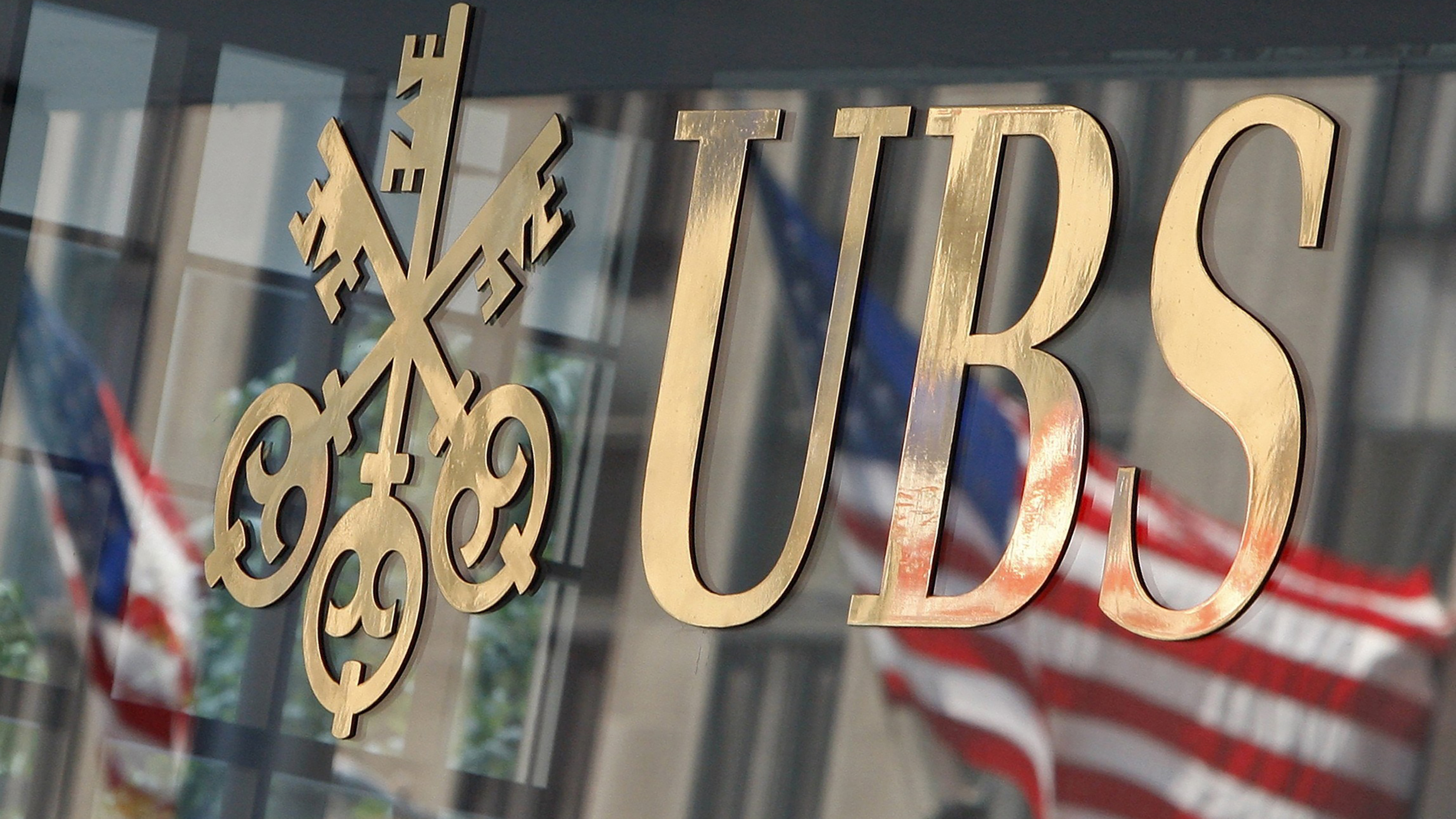
Beyond the immediate controversy surrounding the July 2025 decision, a deeper, more systemic critique of the Federal Reserve’s actions since 2021 has emerged. UBS, a prominent financial institution, contends that the Fed has committed “three big mistakes” since inflation began its significant ascent. These alleged policy errors, according to UBS, have profoundly damaged the central bank’s credibility among investors and are projected to have far-reaching implications for the broader economy.
Paul Donovan, chief economist at UBS Global Wealth Management, provided a detailed assessment in a client note, expressing his view that the Federal Reserve has executed a “lousy job navigating the surge in inflation over the past two years.” He elaborated that the additional rate hike enacted on the very Wednesday the note was published, raising the benchmark rate by 25 basis points to a 22-year high of 5.25%-5.50%, would likely need to be reversed in a “relatively short space of time.” Donovan attributed this necessity to the fact that “the damage of the recent tightening policy has yet to take full effect in the US economy.”
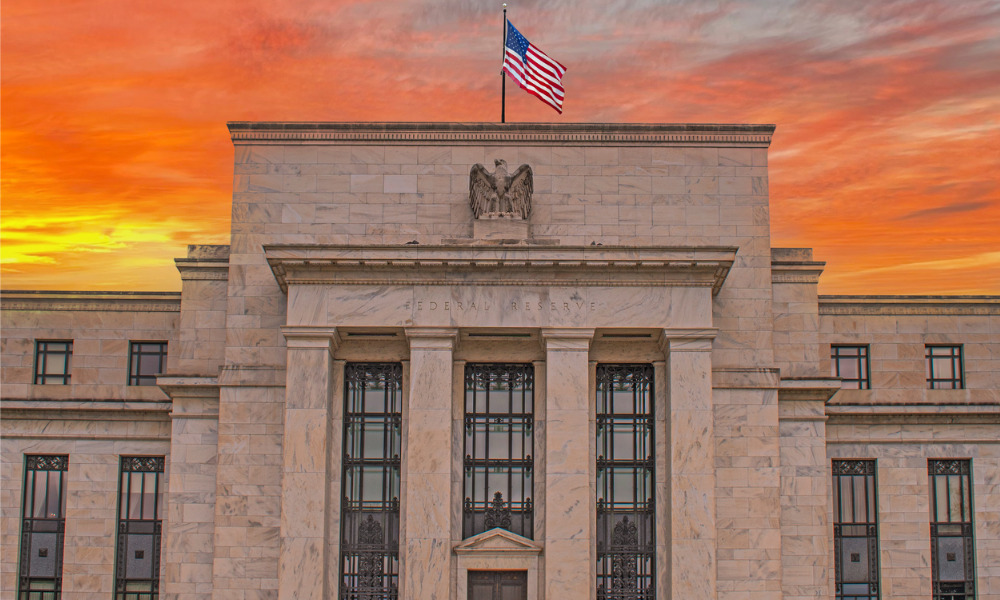
The first major error identified by UBS revolves around communication, or rather, the lack thereof. Donovan asserted that “Fed policy spin has been terrible.” While acknowledging that the Fed initially performed well by describing 2021 inflation as “transitory,” which it indeed was, he sharply criticized their subsequent handling. When the nature of inflation evolved and “shifted to the wartime energy shock,” Donovan contended that “the Fed failed to communicate the changes properly and its reputation suffered.” He posited that a better explanation of inflation’s evolution might have mitigated the Fed’s perceived paranoia about its own reputation.
The second critical misstep, according to UBS, occurred with the “June 2022 policy errors.” Donovan highlighted several concerning shifts during this period. The Fed, he noted, “shifted the focus to consumer price data, which places more emphasis on fictional prices like owners equivalent rent than does other measures.” Furthermore, he observed that the Fed “tore up forward guidance and the credibility that had been built up over years.” Astonishingly, these pivotal decisions were made “based on a high inflation expectations number, when the inflation expectations number was revised down within days of the policy decision.”

Donovan viewed this particular sequence of events as indicative of a profound underlying issue with current Fed policymakers. He stated, “At least some policymakers seem to be treating the economic data as if it was trustworthy, not acknowledging the declining quality of economic figures.” This perceived blind adherence to potentially flawed data, he argued, prevented a more nuanced approach and contributed to what he termed a “blind hike, hike, hike strategy.”
The third major mistake identified by UBS was the Fed’s perceived failure to adequately address “greedflation.” Donovan argued that the Fed “was too late in talking about the profit led inflation episode that started late last year.” He further criticized Chairman Powell, suggesting that he “has not looked into inflation in much detail and tends to treat the inflation episode since 2021 as a single, homogeneous event, not three distinct problems (requiring three distinct solutions).” Donovan identified these three distinct drivers of inflation over the past year as buoyant consumer spending, the war in Ukraine, and corporate greed.

The consequences of these policy errors, as articulated by UBS, are significant for the broader economy. While the US economy still appears to be on a trajectory for a soft landing, Donovan cautioned that the Fed’s “over-tightening policies will inflict unnecessary harm on low-income groups.” Moreover, these policies are expected to “inject unnecessary uncertainty and volatility into financial markets.”
To mitigate these adverse effects and prevent future missteps, Donovan offered clear recommendations for the Fed. He emphasized that the central bank “needs to improve its communication,” not necessarily to the general public who may not engage with Fed actions, but critically, “to the markets.” Furthermore, he stressed the importance for the Fed to “take a more critical view of the data that it is receiving and have the humility to be less certain about the data.” Perhaps most provocatively, Donovan concluded his set of recommendations by suggesting that “above all else, it would help to have an economist running things.”

